
Utterly Unique
Sigma has become the company that pushes the envelope of what is viable in maximum aperture lenses. They have put larger maximum apertures than what was historically possible (or at least feasible) in a number of lenses, from zoom lenses (18-35mm f/1.8, 24-35mm f/2 for full frame) to focal lengths (20mm f/1.4). I’ve spent some extended time with each of these lenses (click the links for reviews). Sigma has managed to do this while upholding an incredibly high standard for optical performance, with lenses that have consistently had amazing resolution, great contrast, and strong chromatic aberration control. The fly in the ointment has often been less than desirable autofocus consistency, which in some cases has led to customers sadly returning lenses that they otherwise loved. Can Sigma manage to strike gold by producing a new lens with all of the former strengths but without the latter weaknesses? The new Sigma 50-100mm f/1.8 DC HSM ART once again pushes the envelope by putting a very large maximum aperture (f/1.8) in a zoom lens that covers a number of key focal lengths. Is the 50-100 ART a lens for you? Read on to find out!
Check me out on: Google+: | Facebook: | Twitter: | Flickr: | 500px: | Sign Up for My Newsletter :
If you prefer to watch your reviews, take a look below:
Let’s stop for a moment and consider that focal length. This is a Sigma coded DC lens, which indicates that it is for crop sensor cameras only (APS-C/DX). This makes it a good pairing with Sigma’s previous 18-35mm f/1.8 ART, a lens that set the gold standard for image quality in a crop sensor lens. APS-C/DX tends to get the development leftovers from the first parties like Canon, Nikon, and Sony. Lenses tend to be variable aperture, consumer grade zooms. Sigma did something very rare when they developed a truly premium zoom lens for APS-C with the 18-35mm, and they have done it again now with this even more impressive 50-100mm f/1.8 ART lens. The Nikon crop factor is 1.5x, while the Canon crop factor is 1.6x, so you have to multiply the focal length by the crop factor of the camera to get its equivalent focal range in 35mm/full frame terms. In this case, that would be 75mm/80mm on the wide end to 150/160mm on the long end. So, while this is only a 2x zoom ratio, it covers a number of important focal lengths from 85mm to 100mm to 135mm and beyond.
The applications for these focal lengths are virtually unlimited, from portraits to events to short range sports. Here’s a look at the difference between 50mm and 100mm on a Canon system:
At medium distances like this (75-100 feet), the change in magnification is noticeable. Don’t expect as extreme a difference when the subject is more distant. As with the 18-35mm or 24-35mm (full frame) you need to think of the 50-100 ART less as a traditional zoom and more like having a number of prime lenses in one body. Both the aperture value and the image quality make this true, as few prime lenses at these focal ranges can match the overall image quality of this lens.
Build Quality
From the moment you pull this lens out of the box you will have no doubt that it is a premium lens. The box is essentially just a wrapper for a very large, nicely padded protective case that houses a very large chunk of lens. One thing that the ART series has never been guilty of is being light and compact, but this lens pushes that to a new level (as it does a number of areas). It is very large, and very heavy. Physics demand that you cannot make a lens with such a large maximum aperture over this focal length without creating a very large lens, even when the lens only has to cover a crop sensor image circle. The Sigma is a little shorter that the 7.8”/19.81cm of Canon’s 70-200mm f/2.8L IS II at 6.72”/17.7cm, but weighs the same as its hefty 3.28lb/1490g. The front element of the Sigma is an even larger 82mm (the move from 77mm will be disappointing to some, though Sigma’s 24-35mm f/2 lens had already gone there!).
If you need something light or compact, you might as well stop reading now. Skip seeing the photos that come from something large and heavy like this…(they might make you jealous!) In this video I break down the build and give you the details!
Most 70-200mm f/2.8 lenses (including Sigma’s own) have an image stabilizer, but this lens comes without Sigma’s OS. Its inclusion would have added even more weight and size, so for some users the extra wide aperture is compensation enough. If you are shooting anything that moves you need to have a reasonable shutter speed to stop the action anyway, so perhaps it won’t be missed there. The only place I noted (and missed) not having an image stabilizer is when composing and I noticed more movement in the viewfinder than what I’m accustomed to. 100mm on a crop sensor is a fairly long focal length to hold really steady without a stabilizer.
The lens has a different profile than the 70-200mm lenses. Those lenses tend to have a fairly constant barrel width, while the Sigma tapers from narrower near the lens mount to wider near the front element. Its maximum girth is wider than the 70-200mm lenses, which accounts for it weighing as much despite being a little shorter. This design does result in the lens feeling a little more front heavy than shooting with a 70-200mm lens. Those lenses are a bit more balanced while the 50-100 ART is a bit of a strain to support with only one hand on the grip.
The lens has only one switch – the AF/MF switch, which is nicely raised, easy to find, and definite in use. You probably will not have to often reach for it, however, as the lens features full time manual override. All of the ART series lenses are pretty, and this is no exception. It gives the immediate impression of being almost brutally professional. I use the term “brutally” because of the weight and feel of the lens along with the design; right down to zoom and focus rings that have such deep ridges that they feel less “soft” to the touch when compared to most lenses. This is a “no-nonsense” lens. The lens has the now familiar ART series design language (which is very nice!) with a black on black look that is broken up by some texture variation.
Despite the “brutally professional” look and feel of this lens, Sigma persists in not adding any type of moisture resistance. This lens feels like it should have weather sealing, frankly, as befits the flagship lens for APS-C shooters. The majority of the people that buy this lens will have higher grade camera bodies that tend to include moisture resistance. Some of you may think that moisture/dust resistance is just marketing, but others who live or shoot in difficult weather conditions strongly feel otherwise. I’ve found that the importance that people assign to weather resistance often boils down to the harshness (or lack thereof) of their typical shooting environment.
I continue to admire Sigma’s lens hoods – they are well engineered, have a slightly velvety texture to them, and, in a final nice touch, feature a soft-touch rubberized transition zone where they mount to the lens barrel that has the lens information stamped in them. Very nice.
The 50-100 ART has the silver A (for ART) badge along with a distance window (but no hyperfocal markings). Both the zoom ring (closest to the lens barrel) and the focus ring (wider and further up the barrel) move nicely, though the focus ring is a little stiffer than what I would like (when mounted on a tripod I found it a little tough to focus the lens without moving the barrel to the side by the effort I had to put on the focus ring). That stiffness might loosen up with use.
There is (in my opinion) one unfortunate design flaw here. The lens includes a tripod collar. This is certainly justified by its weight, but unlike most 70-200mm lenses, the tripod collar is not removable. It has a knob that can be loosened to allow the collar to be rotated, and, in a nice touch, it has four set detentes that are easy to find at the 12:00, 3:00, 6:00, and 9:00 positions. The tripod foot itself is quite small, which is fortunate, because…no matter where I seem to put it the foot seems to get in the way of operating the most important ring…the zoom ring. The zoom ring is quite close to the lens mount, and the tripod collar foot seem intent on getting in the way of it. There is only about 2mm of clearance between the foot and the zoom ring, so, if it is in the bottom position, I have to let it sit in my palm while I reach around it to operate the zoom ring. If I rotate it to the top it interferes with where I put my fingers to rotate the ring. The 9:00 position is obviously out of the question. The 3:00 position seems to be the best compromise, but then then the tension knob seems to get in the way at times.
Sigh…I just wish the thing would come off.
I eventually settled on leaving it in the standard 6:00 position and just trying to forget about it. At least there it provides a nice support to set the lens on. The situations where I shoot a lens like this on tripod are almost non existent (your mileage may vary). I prefer to remove a tripod collar and save the weight. The Canon 100-400L II does not have a removable tripod collar either, but it does have a removable foot so that it is never in the way. The implementation of the tripod collar on the 50-100 ART is my least favorite aspect of the design. You adjust, of course, but I can’t count the number of times I’ve been bothered by it in shooting. I’m afraid that adding anything to it (even a tripod quick release plate) is just going making it more in the way!
This is the one thing I’d most change about the lens, because I’ve got little else to complain about! Here are a few more photos of this pretty lens:
Image Quality – Putting the “Art” in ART
You quickly forget the size and bulk of the lens when you see the images that it can produce. This lens is sharp…as in, stunningly sharp. It is clearly designed for maximum performance between f/1.8 and f/2.8, and the image quality doesn’t really sharpen up beyond that.
It doesn’t need to.
The 50-100 ART is incredibly sharp and contrasty at wide apertures. The lens displays very little chromatic aberrations, which further help in making the images look tack sharp. I will not be surprised to hear of the lens setting new resolution records at wide apertures among APS-C lenses when it is chart tested. The sharpness is not just in the center, either, but shows excellent results even out towards the edge of the frame.
A number of viewers/readers knew that I had the similarly excellent Tamron SP 85mm f/1.8 VC lens on hand, and, while that lens is designed for full frame cameras, there is no rule against mounting it on a crop sensor body and comparing the result with the Sigma at 85mm. I shot a controlled test using mirror lockup, manual focus using 10x Live View, and using a 2 second delay to eliminate any vibration through the tripod. I shot comparative series at f/1.8, f/2, f/2.8, and f/4. I found a few surprising things.
First of all, at f/1.8 the Sigma easily bests the Tamron in both the center and corners. The Tamron doesn’t look as strong on a crop as it does on full frame at wide apertures. The Tamron shows a slight bit of line doubling on the numbers engraved on the vintage lenses I was shooting. The Sigma looks sharper and more contrasty everywhere I look in the frame. The Tamron (designed for full frame) has a clear advantage in vignette control on APS-C because of being designed to cover the larger image circle. The Sigma is not bad in this regard, but the crop factor helps the Tamron there.
At f/2 the difference becomes far less noticeable. The Sigma is about the same, but most of the imperfections of the Tamron have disappeared. I would still give a slight edge to the Sigma if pressed.
From f/2.8 on the story changes. The Tamron makes mild improvements at f/2.8 and f/4 (these two results are essentially indistinguishable), but the Sigma actually seems to get a bit worse. The biggest gains for the Tamron and losses for the Sigma are actually in contrast. Intrigued, I went back and compared the f/1.8 result from the Sigma to the f/4 result and found that yes, I definitely favored the f/1.8 result over the f/4 result. At f/4 (shockingly) the Sigma was showing a bit of chromatic aberrations and slightly reduced contrast when compared to the wide open result.
I can’t recall seeing a lens quite like this! The only advantage of the f/4 result was in lower vignette. The Sigma is clearly optimized for shooting at f/1.8 and f/2.
In a side note, the colors from the Sigma skewed a little warmer while the Tamron delivered a more Zeiss-like neutrality. This is a taste thing and is pretty much a moot point for RAW shooters.
This is great news for those of you who love to shoot lenses wide open. You can shoot wide open with this new 50-100 ART and get essentially peak performance from it. Stopping down to f/2 will net you a hair more contrast, but little difference. There were a few times that I found wide open images of some subjects to have a slight bit of “haze” at a pixel level with brighter subjects, but could easily up the local contrast in post to adjust for it. That very minor “flaw”, though might lead to the following…
Image quality is more than sharpness. Essentially all of the ART lenses have been very sharp, but not all of them have had beautiful rendering or drawing. I’ve found a few of them somewhat clinical. No such problem here. This lens puts the “art” in the ART series.
The 50-100 ART is perhaps the best “bokeh maker” among any APS-C lenses that I’ve seen. That big aperture (particularly towards the longer end of the focal length) produces a shallower DOF than most competing lenses can produce. This enables you to produce results more akin to those usually found on full frame (35mm) cameras. The depth of field is more shallow and the separation of the subject from the background more intense.
In my bokeh tests I saw little to discourage me. The bokeh has little activity within the circular highlights and the inner circle of the bokeh circle is not strongly defined. There is a bit of line doubling, but it is faint. The nine bladed aperture results in a roughly circular nonagonal shape when stopped down. I didn’t see color fringing there, either, which all adds up to very nice real world bokeh…and the lens can make a lot of it!
There is a lovely softness to the defocused area, and the lens transitions nicely to defocus. The nice thing about this focal range is that it gives you some flexibility on how much you want the background to disappear. Shooting at the wide end (50mm) and ten feet from your subject produces a depth of field of 15.87 inches. But you can step back twice as far at 100mm and still get a slightly shallower DOF but a completely different look. At fifteen feet and 100mm/f1.8 the depth of field is a tiny 8.89 inches. Using that 100mm focal length for head and shoulders shots is going to make just about any background completely disappear.
Here are a few other portrait oriented shots.
I also liked the way the lens dealt with “ordinary” scenes. Take, for example, this shot of a freshly baked pan of cornbread. This is just on the kitchen counter and using available light, but look how soft the defocused area is in the image. Something simple becomes rather artful!
The bokeh and drawing from the lens is just pretty delightful all around. Here’s a gallery of bokeh-oriented images to demonstrate just what I mean.
As I’ve hinted at already, chromatic aberrations are virtually non-existent. This is one area where so many modern lenses have made huge strides. You don’t have to worry about green or purple fringing disrupting your images. Even the bit that I noticed when the lens was stopped down would be hard to see in most field settings. There is some vignette (stronger on the long end), but nothing extreme.
I shot a brick wall and on the wide end the barrel distortion is extremely mild. A chart tester will produce a percentage, but I doubt it is enough to really affect anyone for field use. The pincushion distortion on the long end is a little stronger, but still quite mild. It is all mild enough that you won’t really notice it in normal use.
In the midst of all of this goodness there is really only one drawback. The lens flares pretty badly. With the sun in the frame there is a pronounced loss of contrast (veiling) and also a lot of green ghosting (a big green blob). The ghosting is more pronounced on the wide end while the veiling is more pronounced at the tele end. Don’t point the lens at the sun unless you have some artistic use for what will happen.
There is a lot to praise and very little to criticize in the image quality department. I can only share so many photos in the actual review, so I recommend that you visit my image gallery here and look at more examples.
Mounted on Full Frame
I’ve never had so many requests from people to test an APS-C/DX lens on a full frame body. While I would never advise buying a crop sensor lens specifically for the purpose of shooting it on a full frame body, the lens will technically mount on a full frame body. At 50mm there is a solid black ring around the edge of the frame that goes beyond “vignette” (the full frame image circle is not being covered), by about 72mm it becomes a heavy vignette that with some irretrievable areas in the corners – you have to crop (image circle still not covered). But at 85mm the vignette is correctible, and there is just a tiny mark in each extreme corner that remains black…but this you could compensate for in post and it won’t be noticed in many environments. At 100mm there is still a heavy vignette, but one that is fully correctable in post though it required my adding the standard profile for the lens plus adding manual values of +70 in Lightroom’s vignette slider along with moving the midpoint to 19.
Here is a video examination of just exactly what happens when you mount the lens on a full frame camera body (in this case a Canon 6D).
I was happy to note that the autofocus remained accurate even on my 6D body. At the 80-100mm mark the images actually look pretty stunning. The lens is incredibly sharp and looks even sharper on a full frame body. If you happen to have both full frame and crop sensor camera bodies I see no reason for the lens to not pull some double duty, though the lens exhibits more pincushion distortion on full frame. Here’s a few more samples from full frame:
Autofocus Examination
It is typically at this point in a Sigma review where I start to lament over autofocus accuracy issues, but it is with great relief that I get to say…this lens focuses very well for me! I had serious issues with the 18-35mm f/1.8 ART, but despite have a more demanding focal length the 50-100 ART has exceeded my expectations. It is not only exceptionally sharp, but it is also a very good focusing lens…right out of the box, on multiple bodies. I’ve used it on three different camera bodies and found that it focused well on all of them. Overall the focus speed is quite good (particularly considering the large elements being moved), though racking through the full range of focus (something you’ll rarely do) is a little more deliberate. Normal (smaller) changes come quickly and very quietly.
I’ve never really complained about the autofocus speed of Sigma lenses, and certainly never about their quietness. But [outside of their ultra telephoto lenses] I’ve spilled a lot of ink lamenting about autofocus accuracy issues that I just couldn’t solve either through traditional AFMA in the camera body or via the Sigma dock. This lens isn’t perfect, but I am confident that I could tweak it enough through the Sigma USB dock (a recommended accessory for this lens if you don’t have one) to make it pretty close. I am really delighted to have such a nice focusing Sigma ART lens in hand, and I have to say that it really alters my ultimate perception of the lens. I personally refuse to own a lens that I can’t rely on to consistently and accurately autofocus. I do a lot of photography work – personal, business, commercial – and I need tools I can rely on. I’m happy to say that if I needed this lens I wouldn’t hesitate to add it to my personal kit.
I also tested the lens in AF Servo mode as there will certainly be those interested in using this lens for shorter range sports (a nice application for it!) The results were encouraging, with the lens effectively keeping up with my son as he ran full tilt towards me. In a few seconds I fired off 27 frames with the Canon 80D set in TV mode to keep a 1/500th second shutter speed (aperture changed from f/2.8 to f/4 based on the changing lighting). The 50-100 ART had no problem keeping up with the rapid movement and I had almost all nearly perfectly focused frames. A few were not quite tack sharp but still adequate. I see no reason why those wanting to shoot action (and using a body with a good focus system) shouldn’t be happy with this lens. It may not have the overall speed of the 70-200 beasts but is close enough to get the job done. You can see all of those frames in the video review.
I shot an event at my children’s school exclusively with the Sigma and got good focus results. A few misses here and there, but not any kind of pattern that would speak of a true focus issue, and none of the random bad misses I sometimes got with some of the earlier ART lenses. Focus speed was just fine for my purposes, and the images themselves looked very nice. It was in a smallish gym, and I found there were times that 50mm (80mm equivalent on my Canon 80D) wasn’t quite wide enough even if I moved to the back of the gym. I would typically use a two camera solution in that environment anyway. On full frame I’d be using a 24-70mm and 70-200mm f/2.8 zooms, so a person could easily augment the focal range of this lens with the Sigma 18-35mm f/1.8 and have a very similar arrangement.
The 50-100 ART would seem like a natural fit for adding a teleconverter to. That wide maximum aperture means even with a 1.4x teleconverter the maximum aperture would still be only f/2.5. I don’t have access to one of the Sigma teleconverters, but I do own the Canon 1.4x III and was able to test it. Unfortunately, the results were not promising. While there is no problem physically mounting the teleconverter (plenty of depth at all focal lengths), the two pieces seem incompatible. Aperture value does not change, but more importantly, the AF just pulses back and forth without settling on focus, rendering it basically unusable. You could manually focus, but that hardly seems worth the effort.
I also have the Kenko DGX Teleplus Pro 300 (Blue Dot), and I was happy to see that the combination works well on the 70D, with the aperture registering correctly and the autofocus working quickly and accurately. I had unfortunately already observed that the 80D was not compatible with the Kenko (at least my version, which is close to four years old). There may be a newer version that might work. Canon pulls this with every new generation of camera, and trying to use it on the 80D just flashes an error code. If history is any indication there there will be a silent update (new version) of the Kenko that will update it to adapt to the changes in the autofocus systems of the new bodies and will once again enable it to work. This is supposition, however, and all I can report is that no teleconverter combination that I own will work on the 80D. Kenko might want to consider putting out a USB dock of their own to apply firmware updates to their teleconverters.
But in its native form the lens really did quite well for me. I can’t tell you how relieved (and happy) I was to find that this lens focuses well. It allows those beautiful optics to shine!
Conclusion
Sigma has done it again. They have built a lens that no one else has the expertise (or at least nerve) to build. The first parties tend to stick with the volume sellers in APS-C – compact, variable aperture zooms that are fairly easy to design and manufacture and that they can sell hundreds of thousands of units of. Sigma won’t sell nearly so many of this large and heavy lens with a big aperture and small zoom range, but what an investment in their image as the company that hasn’t forgotten about the many serious amateur and even professional photographers that happen to like shooting APS-C cameras! This is the kind of lens that will keep some photographers from moving to full frame and might even tempt a few full frame shooters back to APS-C. Sigma tested these waters with the 18-35mm f/1.8 ART, and they must have been sufficiently pleased with the market response to take this even bigger risk. Thanks to Sigma, crop shooters can have a two lens kit that offers a constant f/1.8 aperture from 18mm-100mm (with a largely irrelevant 15mm gap between). Not only that, but both of these lenses are perfectly capable at their maximum aperture at all focal lengths. Neither Canon nor Nikon have made a lens that can hold the candle to these two lenses optically (on APS-C), and that puts Sigma in a unique position.
The Sigma 50-100mm f/1.8 DC HSM ART is an incredible lens. The image quality is seriously impressive, and this lens exhibited none of the focus woes I encountered with the 18-35mm. Not only is the resolution extremely high on the lens, but the overall look of the images it produces is extremely nice. The tradeoff is that you are going to have to deal with a uniquely large and heavy APS-C lens that is also unmatched in the weight department. My most serious gripe is with the poor implementation of the tripod collar, but I suspect that most users will adapt. I could wish for weather sealing or Sigma’s Optical Stabilizer, too, but the ART series has given me no reason to expect that. If your wrists can handle the weight, and your wallet can handle the hit ($1099 in the US), then I can think of no other serious reason why you wouldn’t want to own this lens.
Pros:
- Exceptional image quality
- Unique wide aperture from 50mm-100mm
- Fast, quiet, and reasonably accurate autofocus
- Beautiful bokeh and nice rendering
- Gives APS-C shooters a full frame “look” due to shallow DOF and sharpness
- Optimized to give peak performance wide open
- Comes with hood and padded case
- Beautifully constructed lens
- No other lens like it
Cons:
- Uniquely large and heavy (won’t be for everyone)
- Design results in a somewhat front-heavy feel
- Tripod collar not removable and can interfere with operation
- No OS or weathersealing
- Flare prone
Thanks to the good people at B&H Photo for providing me the loaner retail copy of this lens for review.
Gear Used:
Canon EOS 80D
Canon EOS 6D DSLR Camera (Body Only)
Sigma 50-100mm f/1.8 DC HSM ART
Adobe Lightroom CC Software for Mac and Windows (Boxed Version)
Adobe Photoshop Creative Cloud 1-Year Subscription
Alien Skin Exposure X (Use Code “dustinabbott” to get 10% anything and everything)
Purchasing your gear through B&H and these links helps fund this website and keeps the articles coming. Thank you for your support.
Great News! I can now offer a 5% discount on all purchases at Amplis Foto, Canada’s Leading Photographic Supplier. Please enter discount code: AMPLIS52016DA in your cart. It is good for everything in your cart, and is stackable with other coupons, too! It will take 5% off your entire order! Proceeds go towards keeping this site going and providing you with new reviews!
Check me out on:
Google+: | Facebook: | Twitter: | Flickr: | 500px: | Sign Up for My Newsletter :

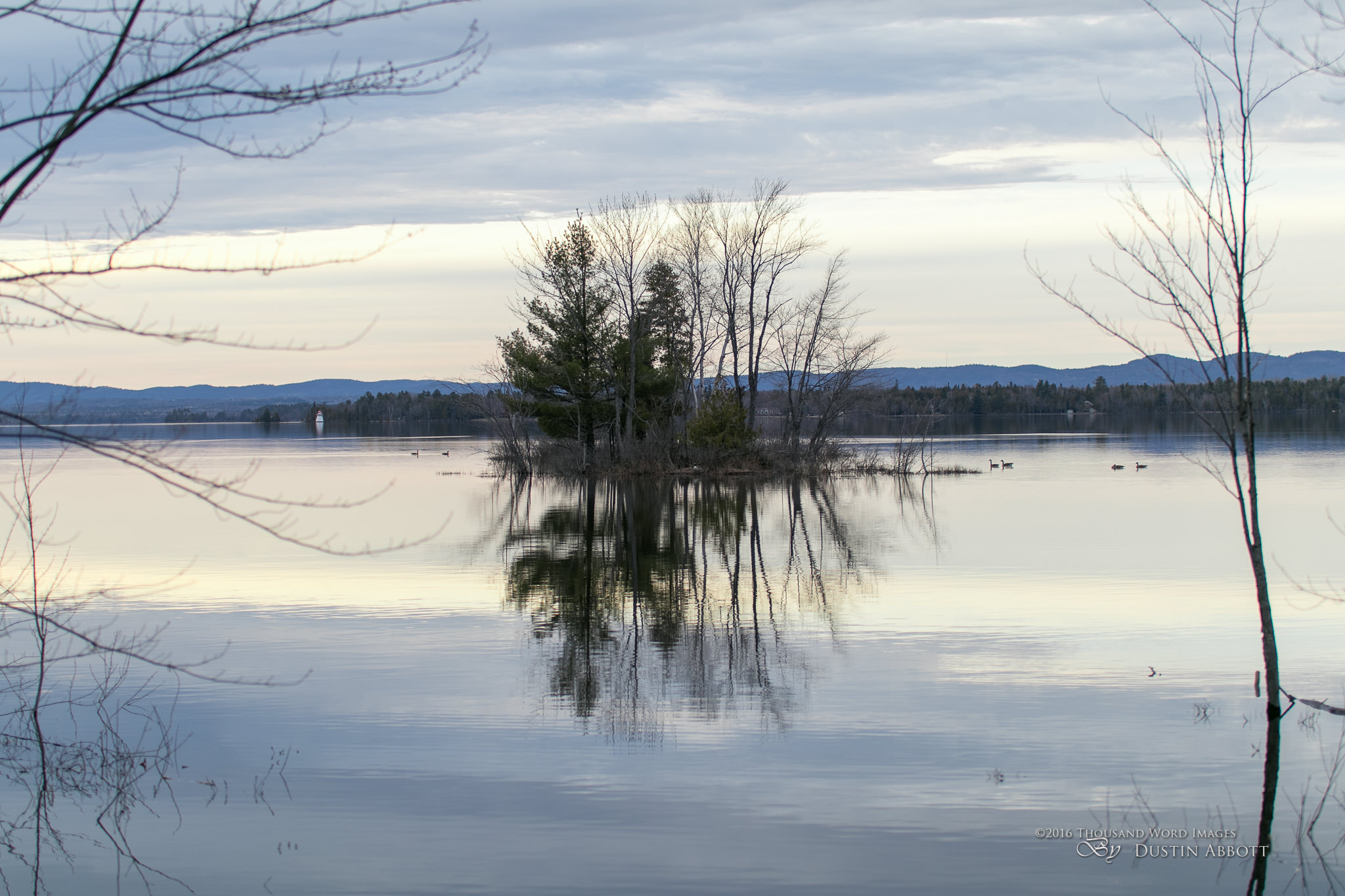
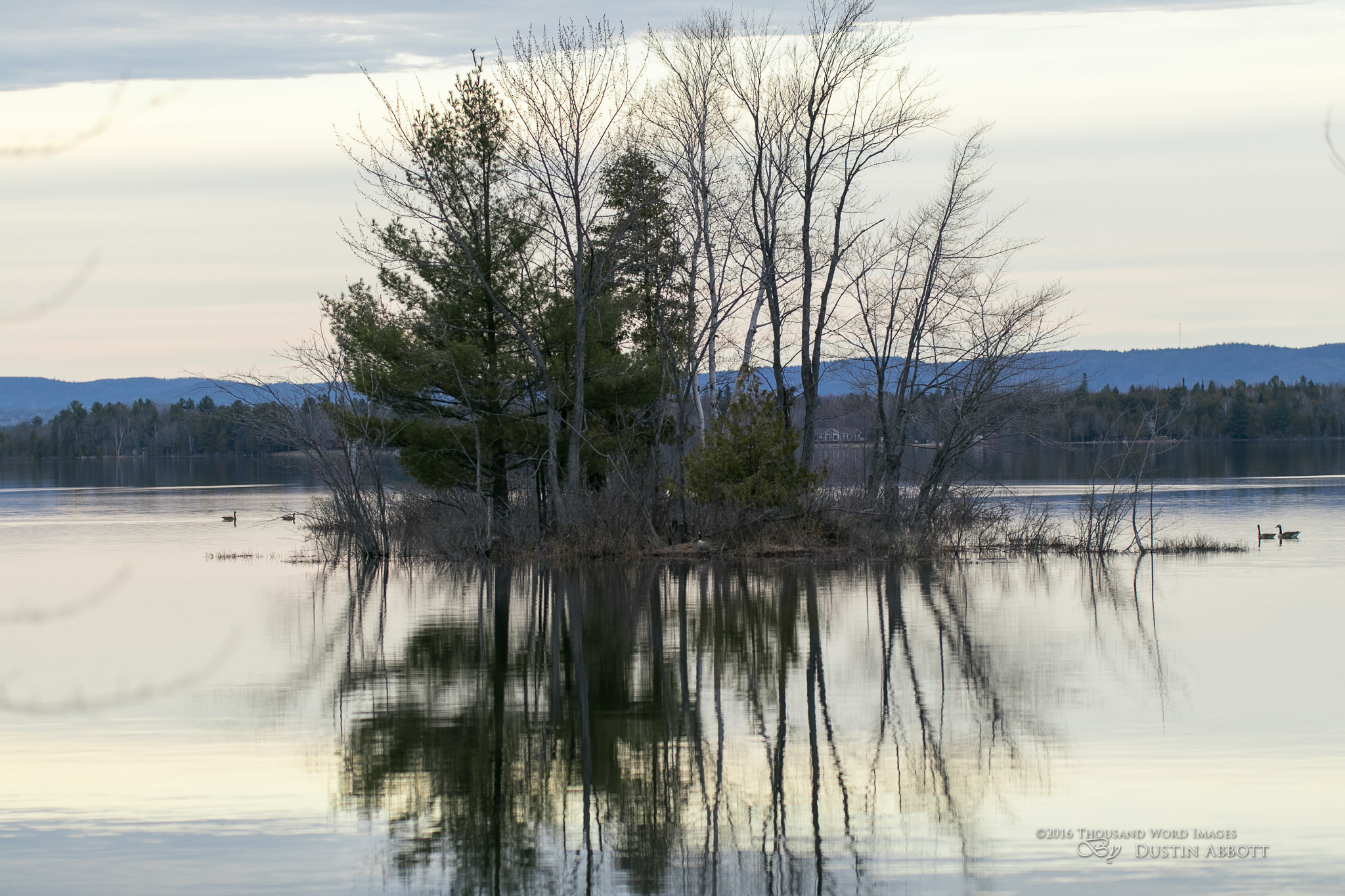
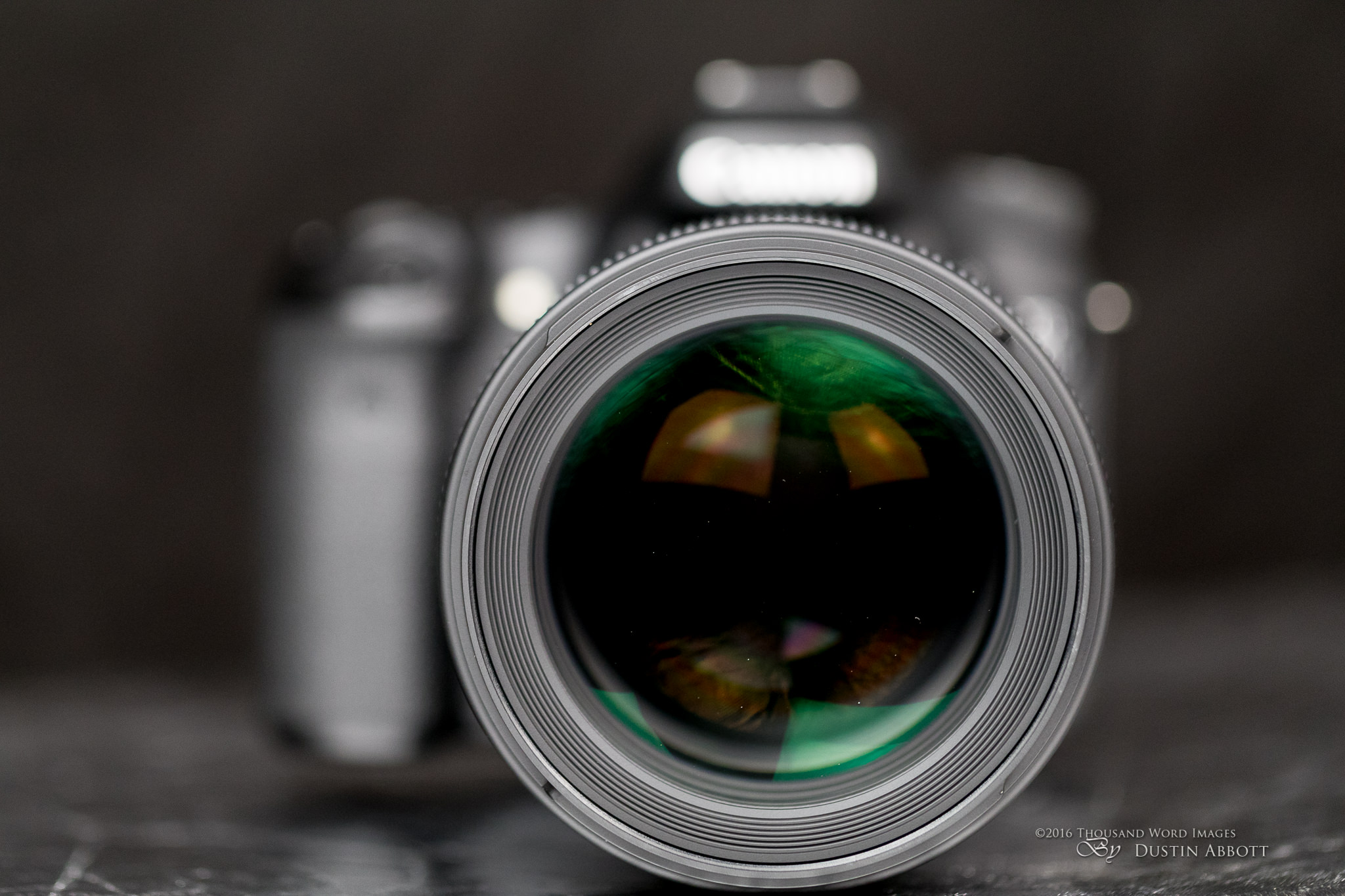
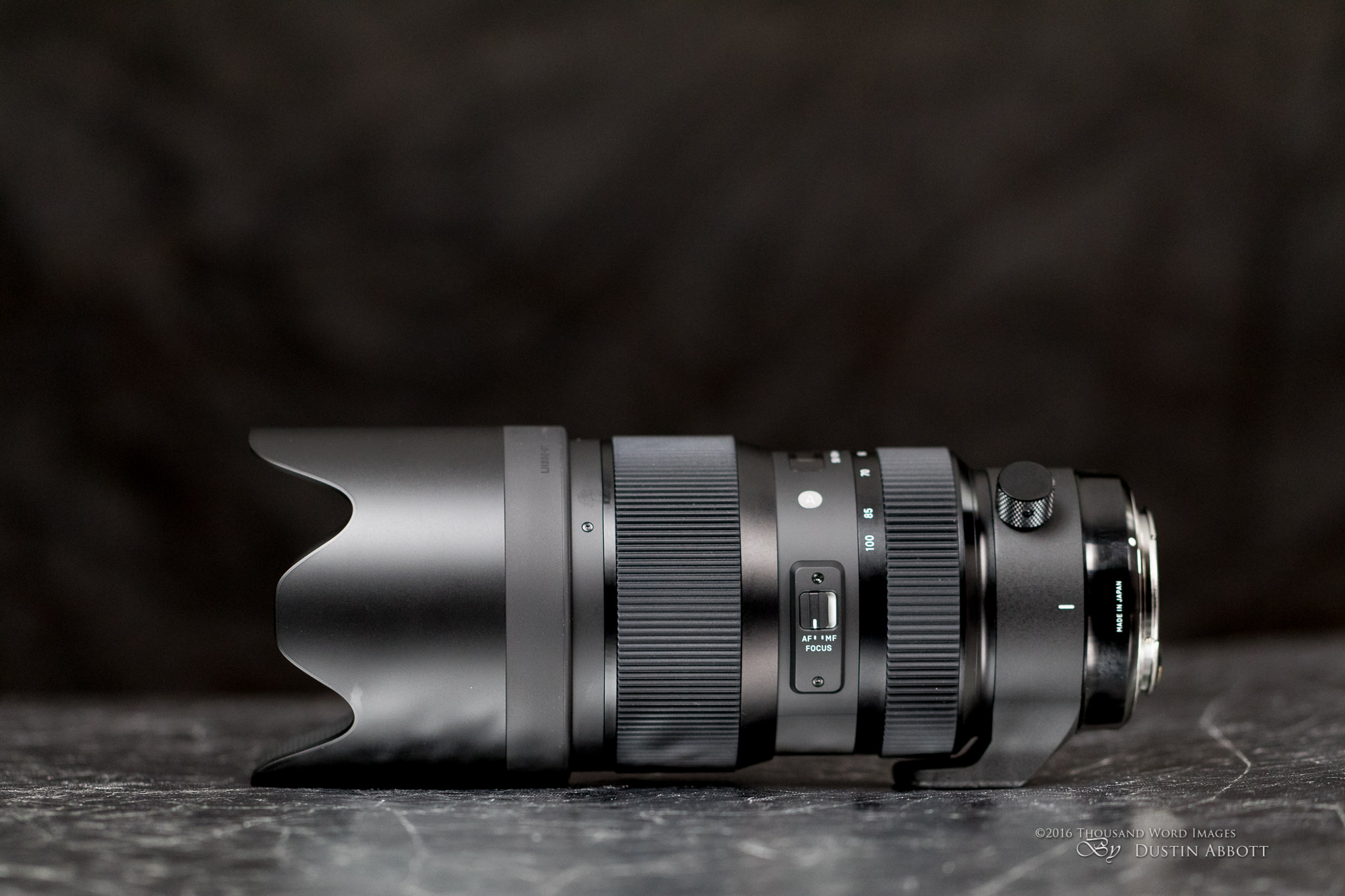
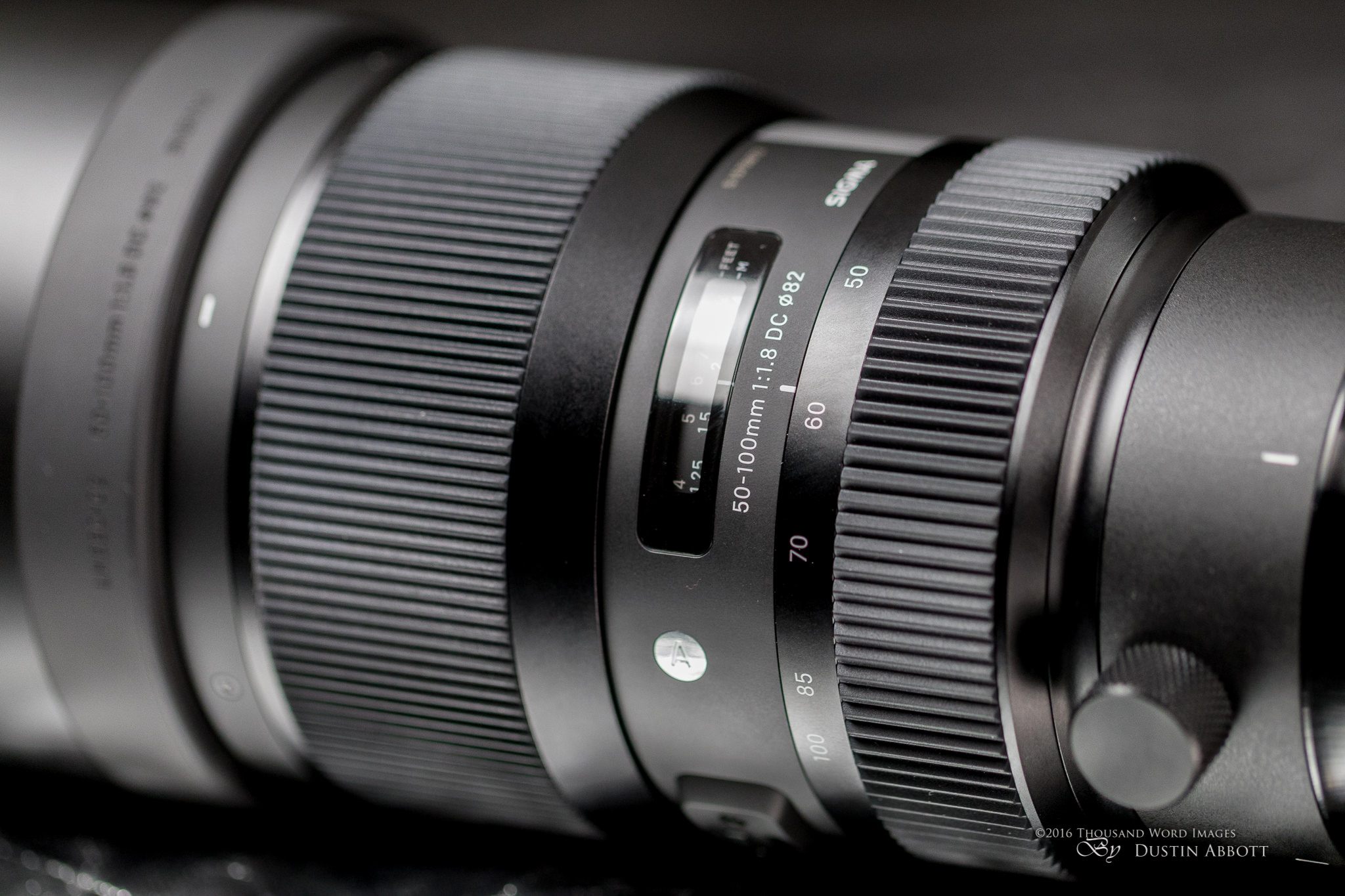
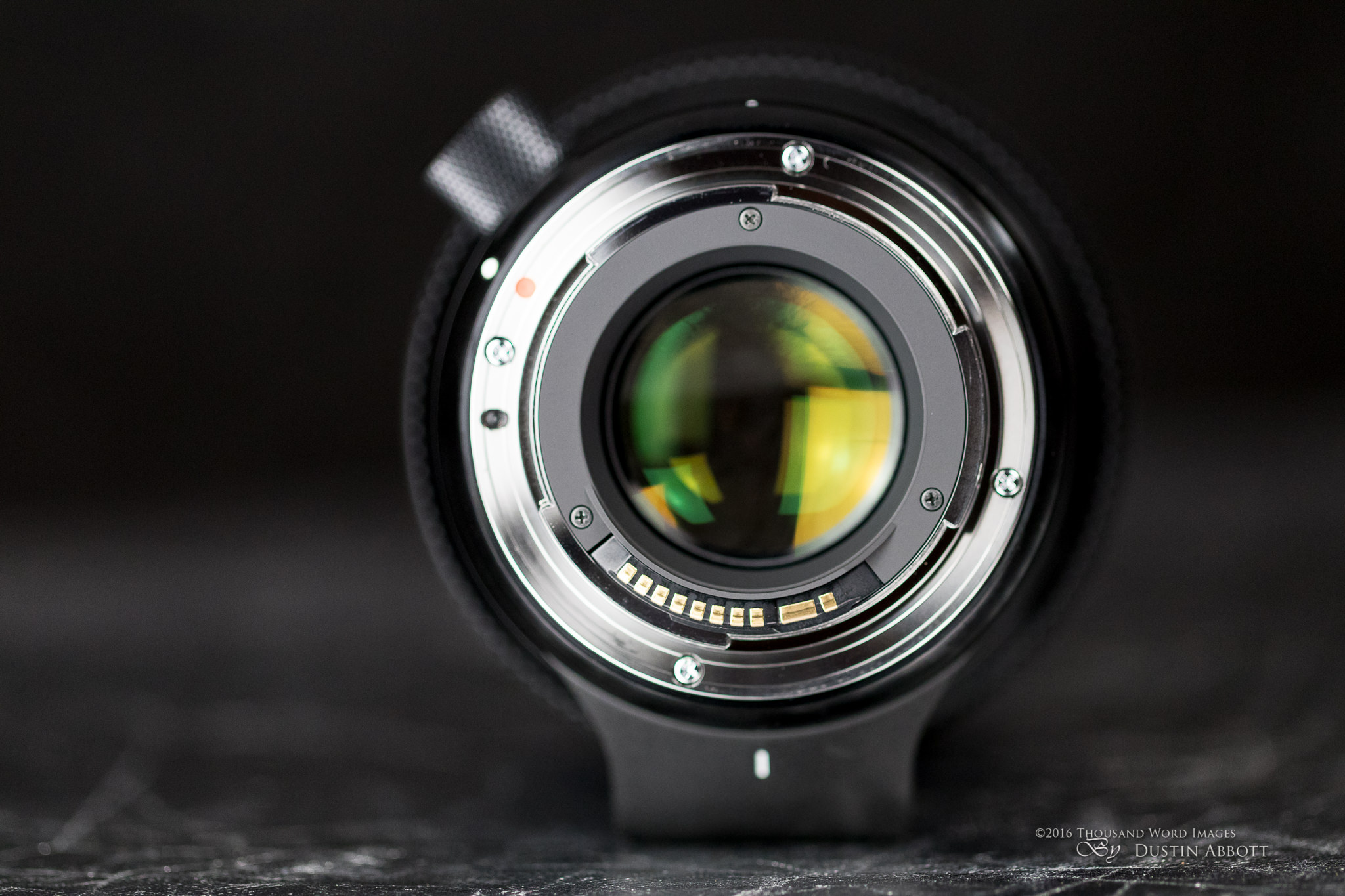
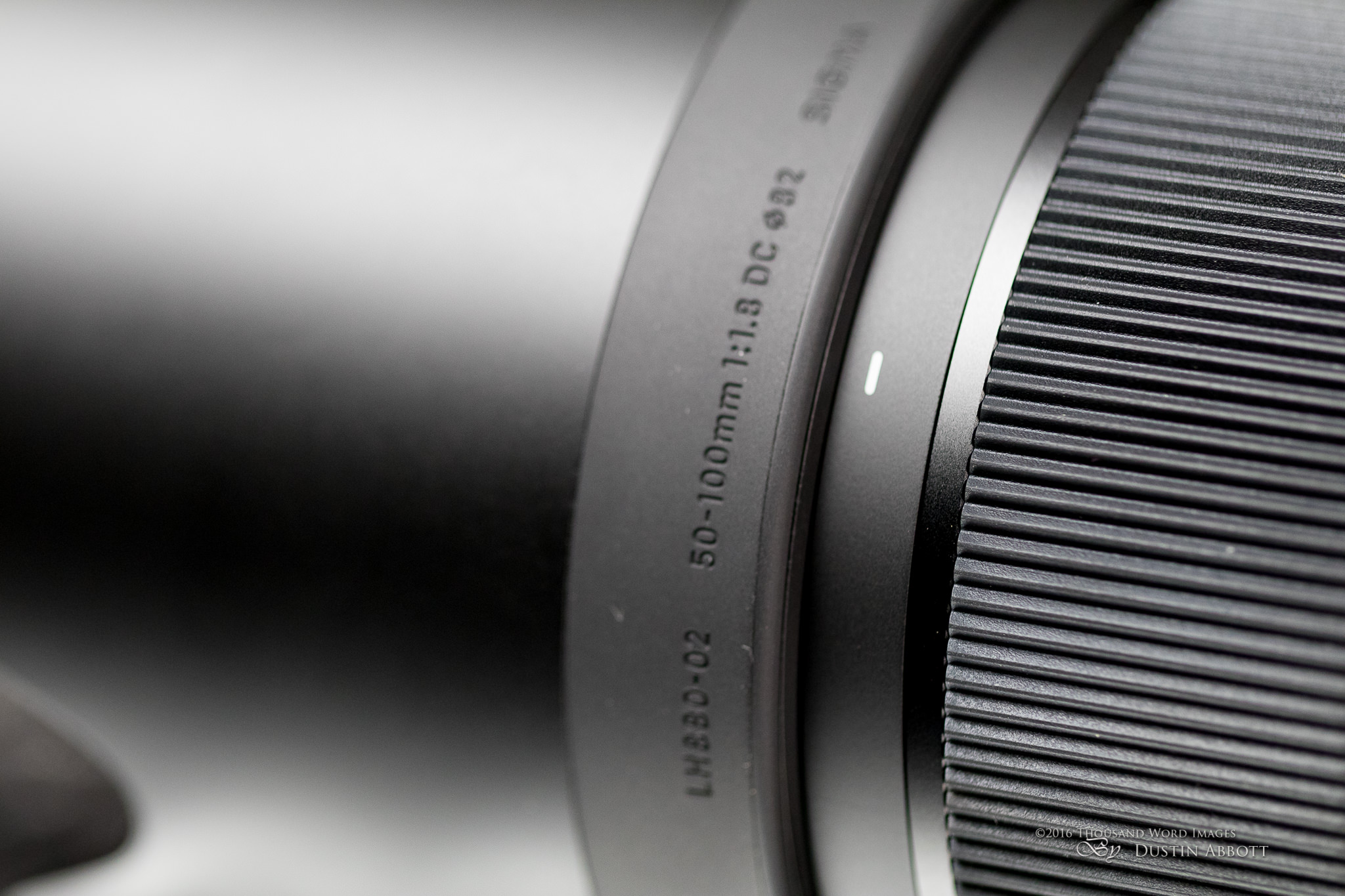
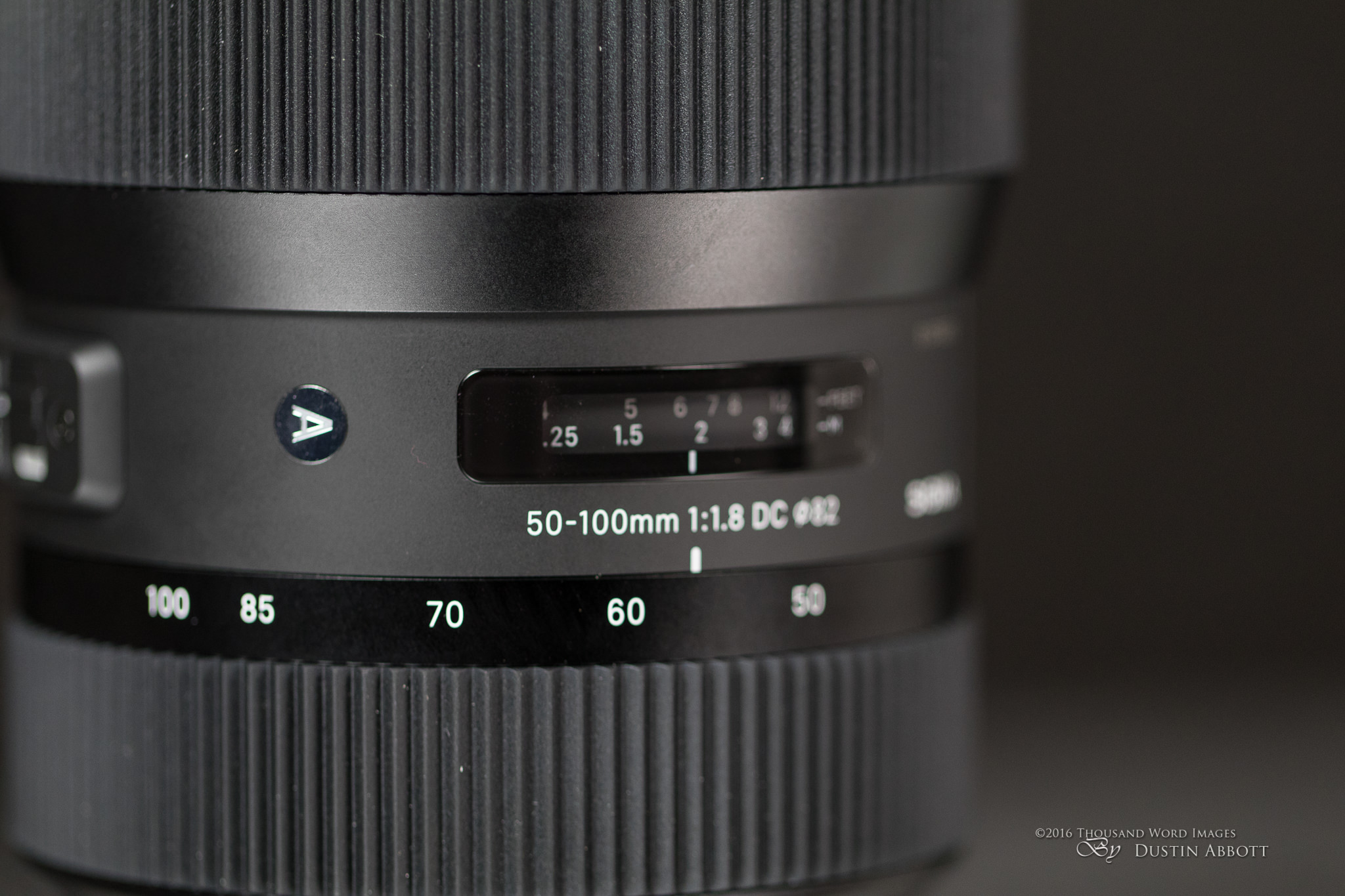
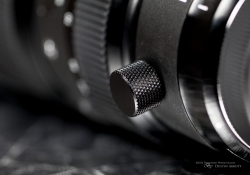
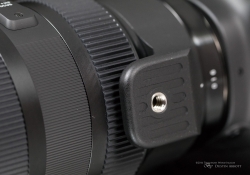
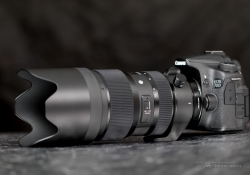
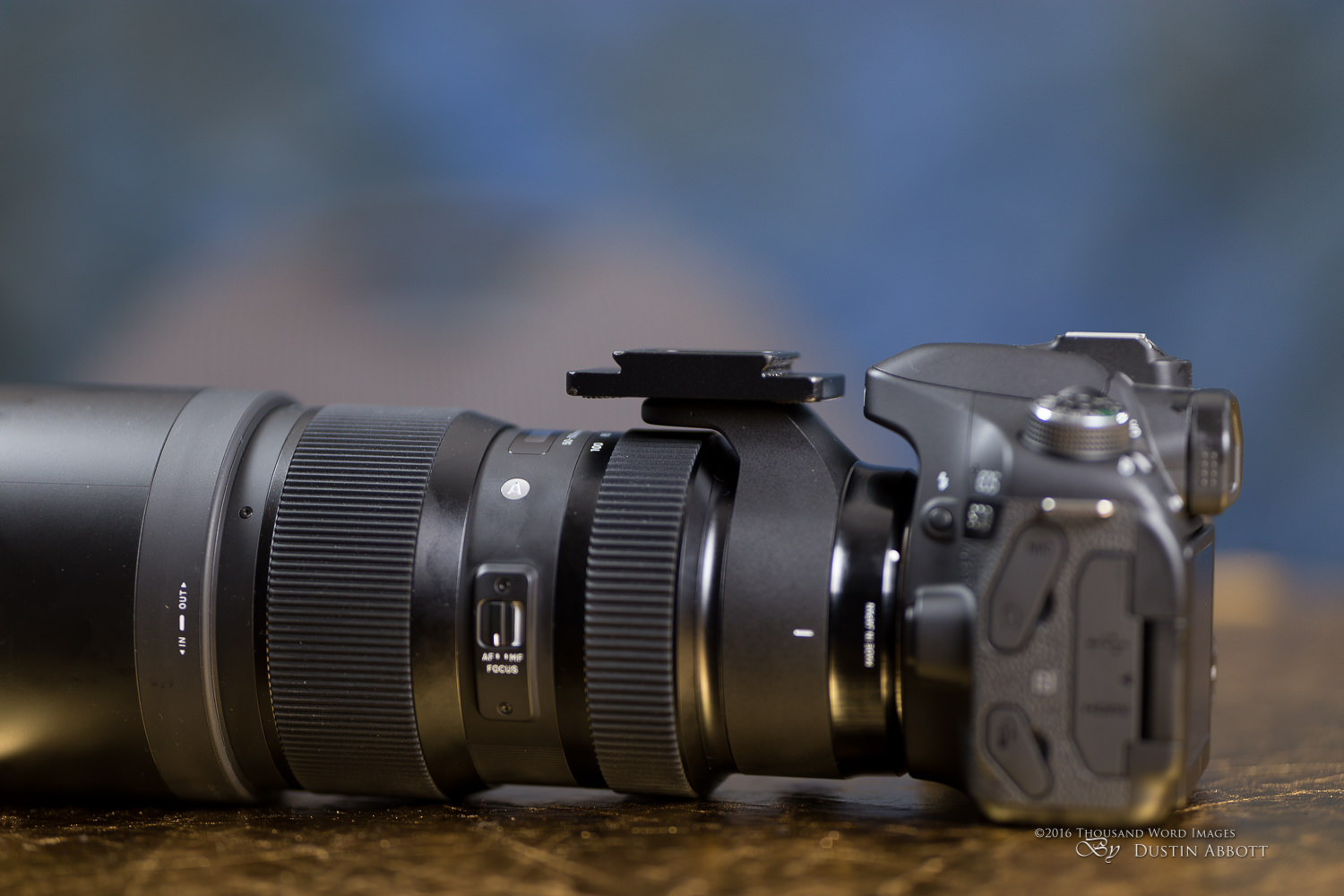


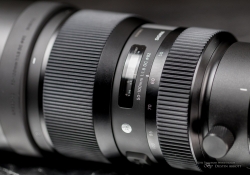
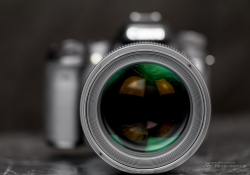
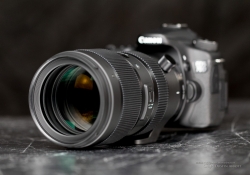
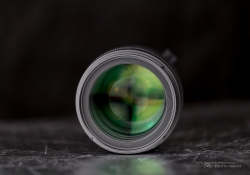
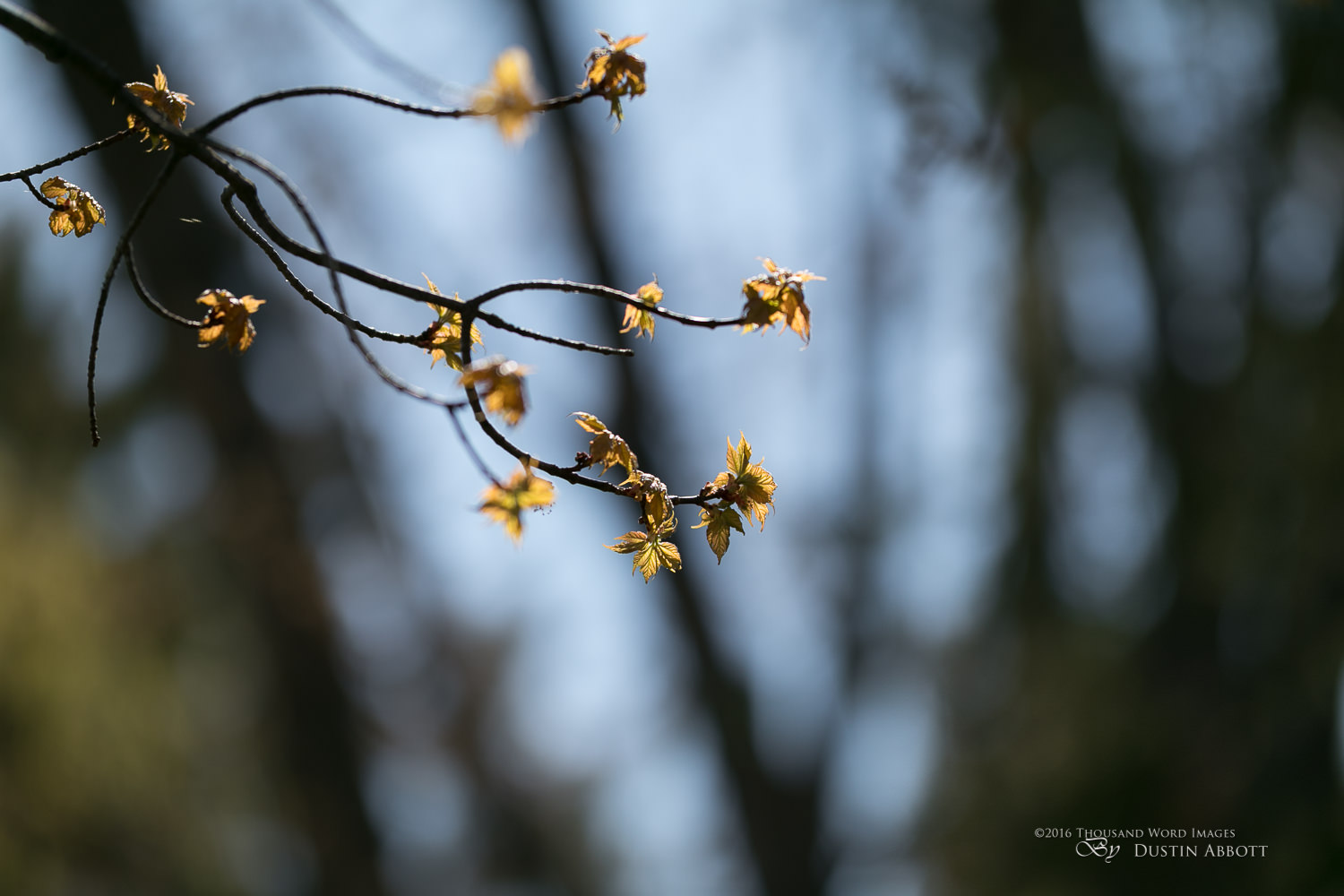
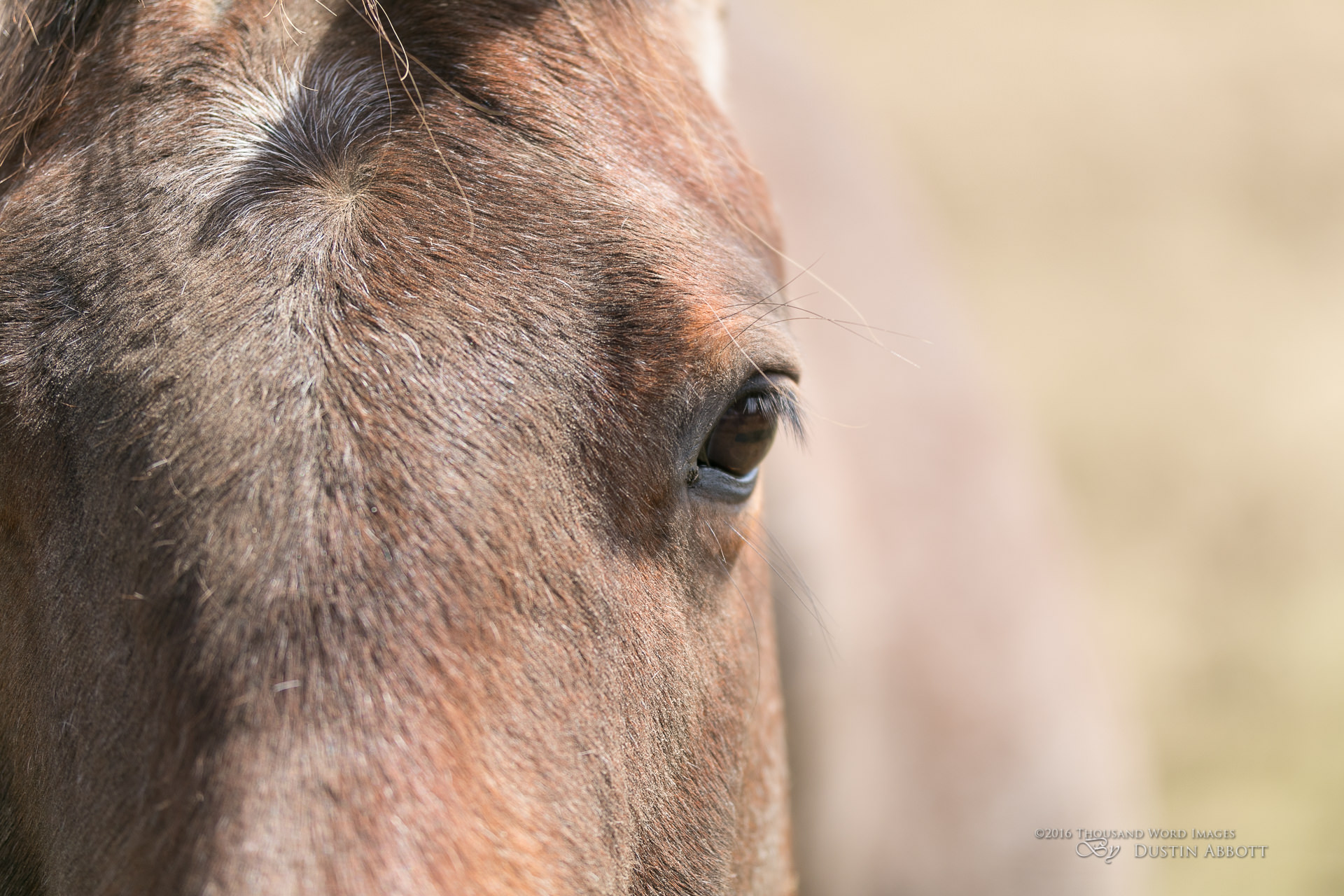
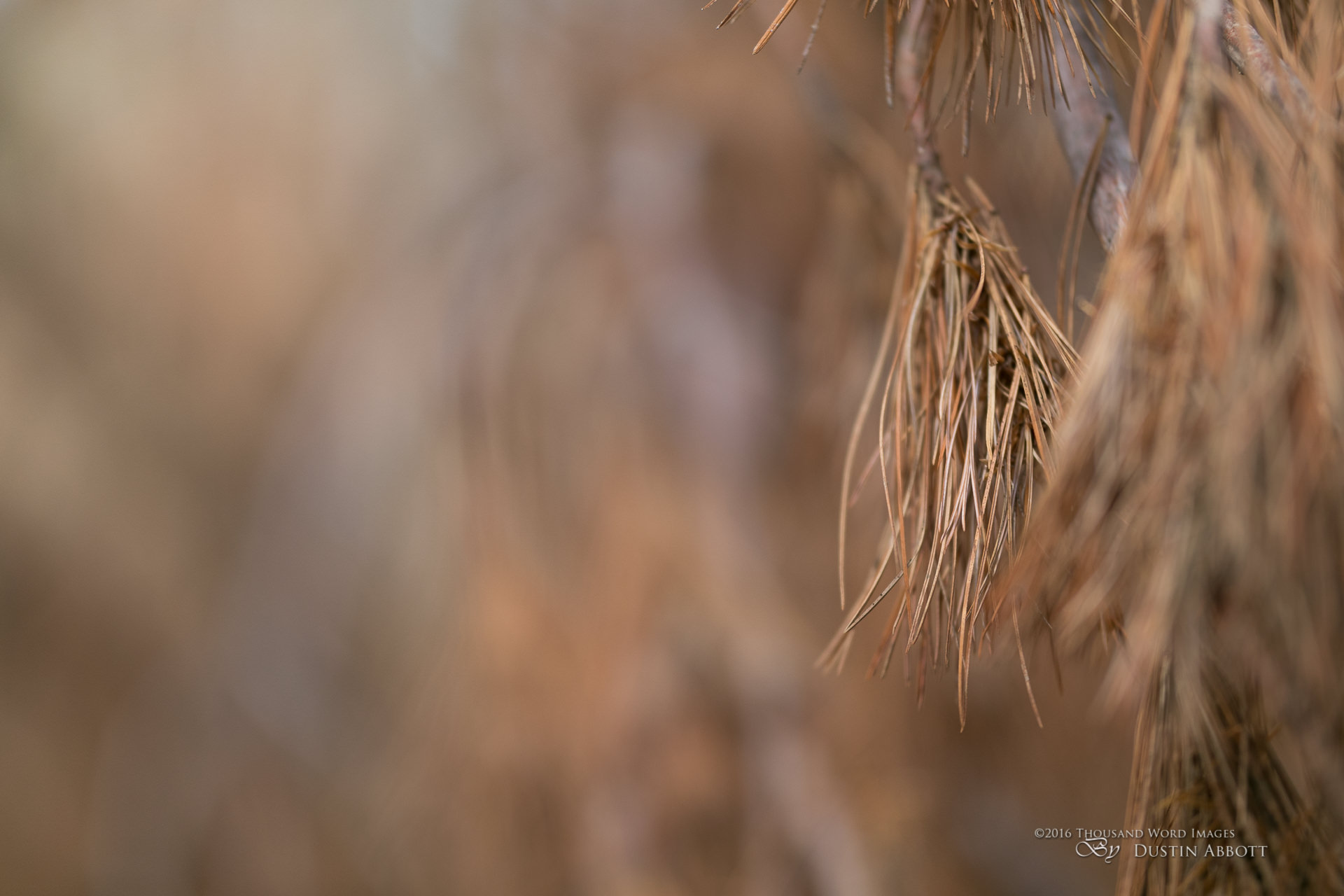
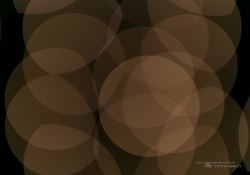

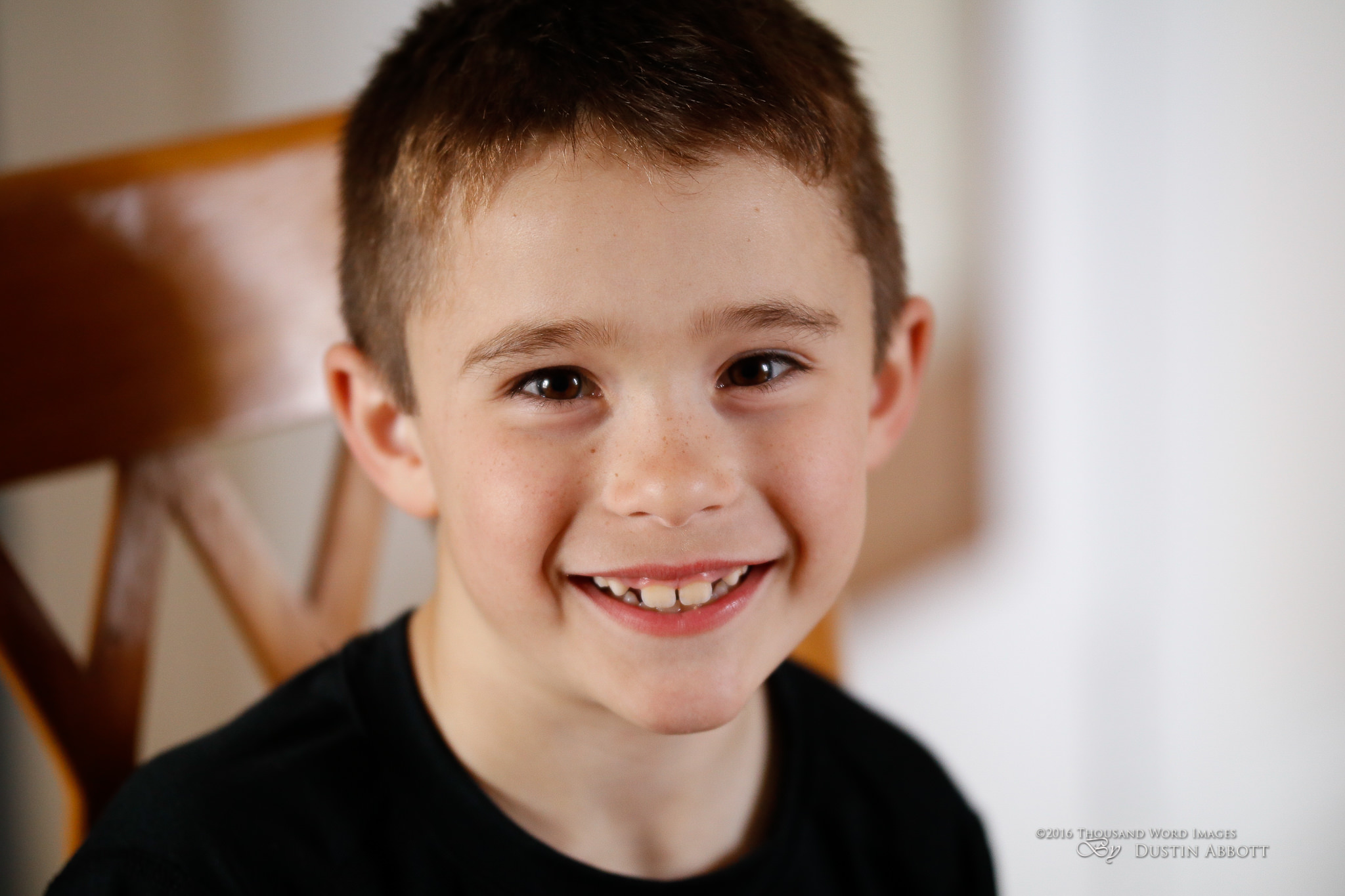










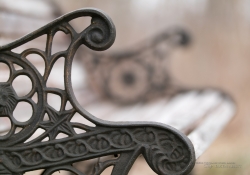











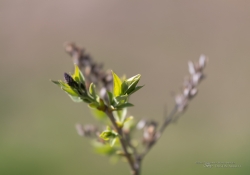
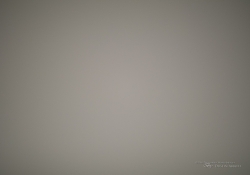
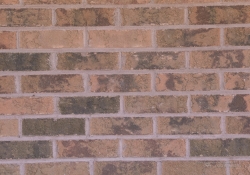
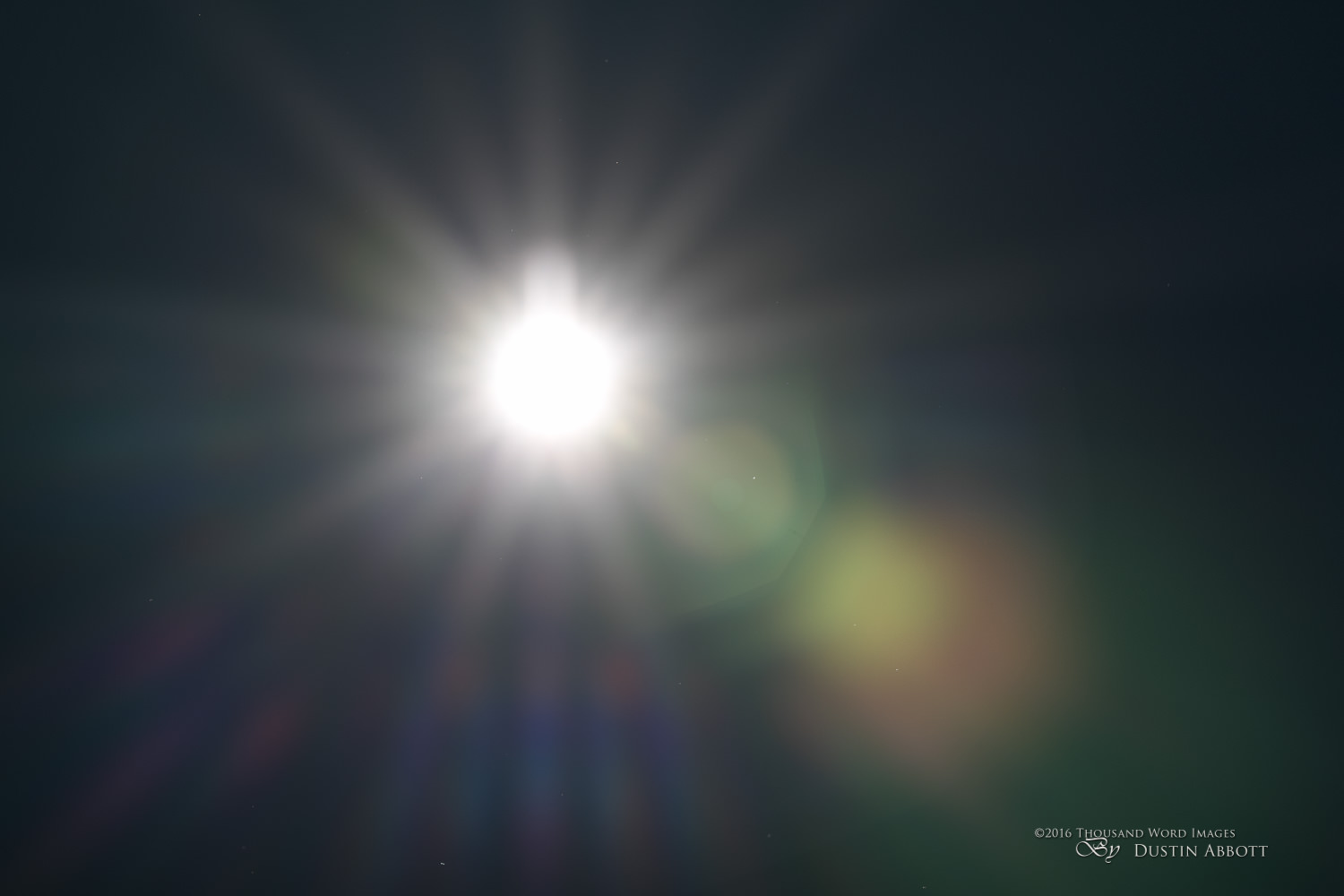








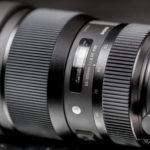



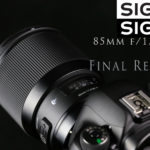
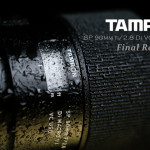


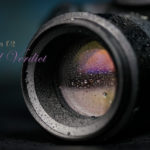
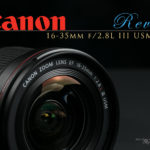
dustin hi;
after i asked you about how this baby functions on ff body i ve been checking out your page almost every hour. LOL immediately i saw your review i watched it 2 times. i just found time now to say thanx. what you did in this review was (imho) answering questions of many people like me. it enlightened all my questions and i believe so the other photographers and the enthusiasts too.
i appriciate your work and big fan of you 🙂
Thank you, Musti. Glad it helped out!
It would be a great lens for most any shooter with a Canon 1D series body – like myself (I like my 70-200/2.8 IS but did contemplate switching to a set of this one + 100-400… though it would mean carrying more). The missing IS and weathersealing made me drop this idea though (not to mention the cost… lol).
Someone else mentioned it as a nice option for a 1.3x crop body.
Hi Dustin,
I’m already using the Sigma 18-35 on a Nikon D7100. I also intend to buy the 50-100. The advantage on a Nikon body: you have a further crop-factor of 1.3 = 24 to 180 on a ff body. With this aperture there is no reason to buy a ff body.
I suspect these lenses will keep quite a few people from upgrading on to full frame.